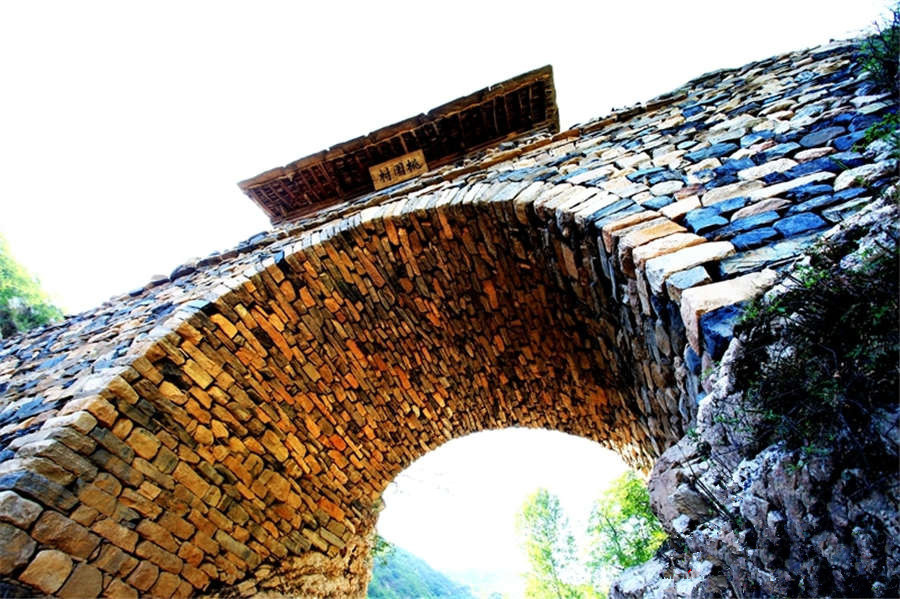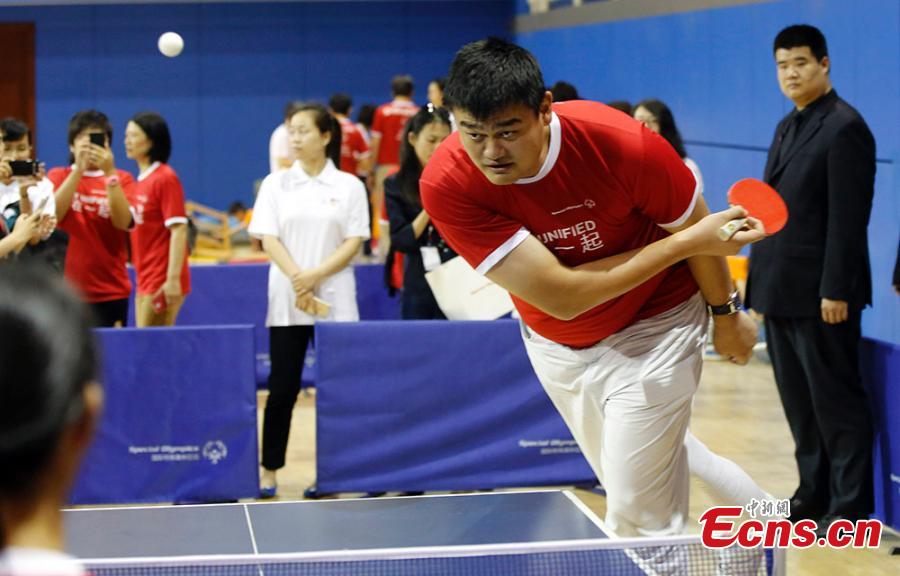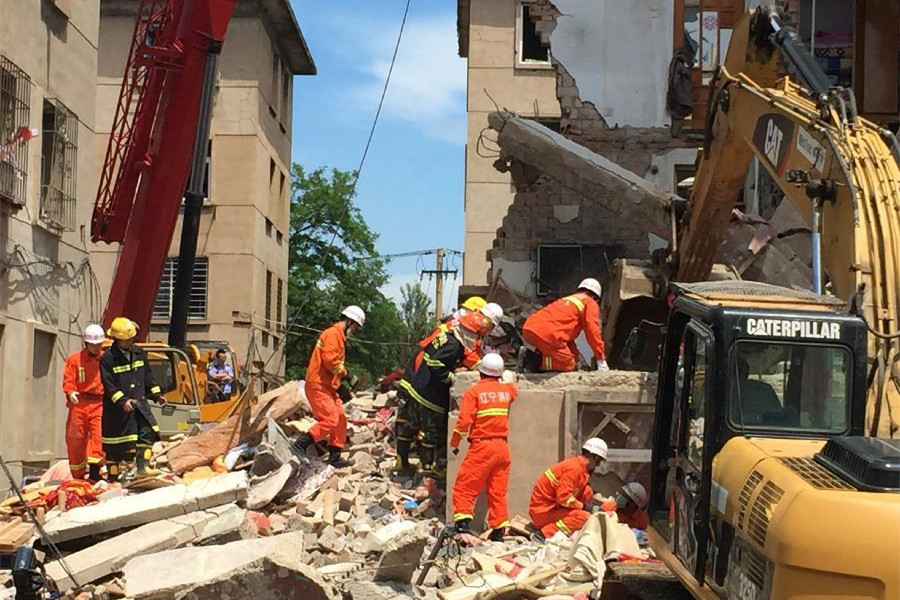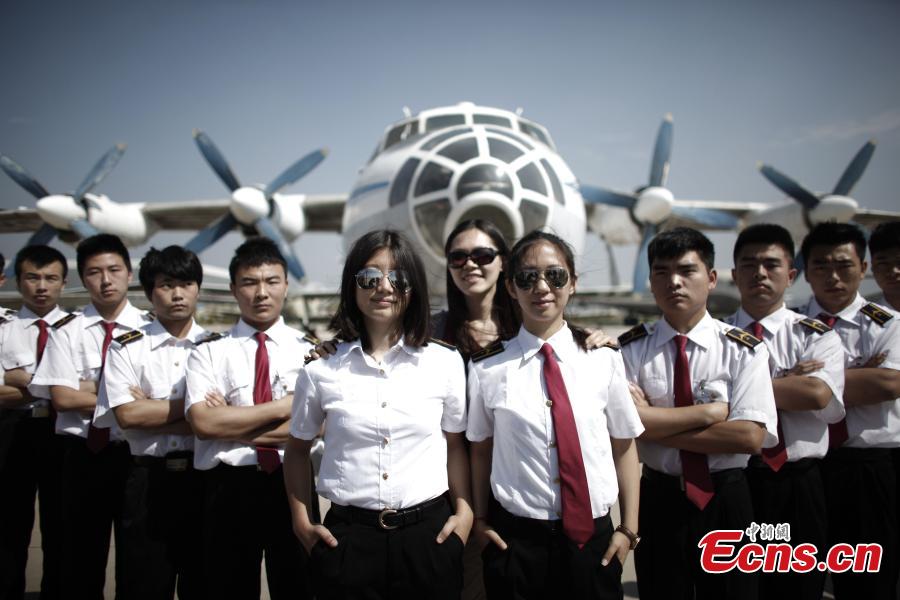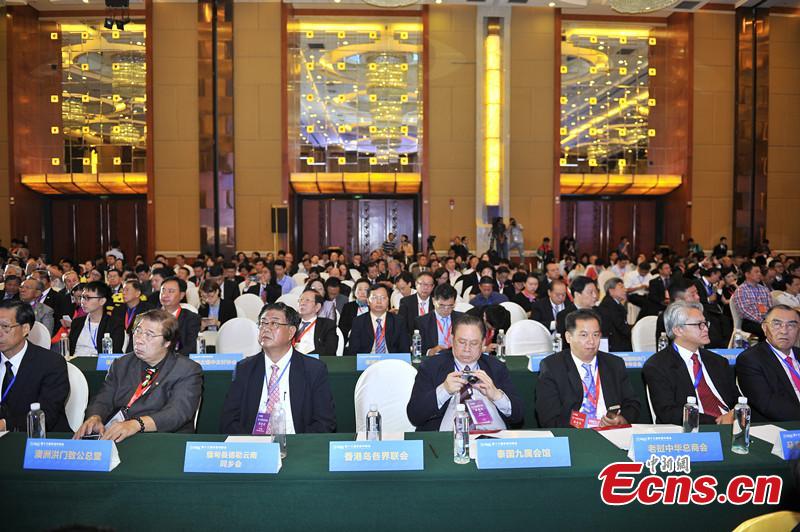Editor's note:
Railway authorities have said that the fatal train collision last Saturday was caused by flaws in the railway signal system. However, this explanation may not be enough to satisfy the public and the relatives of the victims. People wonder how the three safeguards of the bullet train – the systems of dispatch, signaling, and train operation and control – were all ineffective on that stormy night.
A crash of two bullet trains at around 8:30 pm on July 23 caused the deaths of at least 39 people and injured 192 others.
According to official media, bullet train D301 crashed into train D3115 near the city of Wenzhou in eastern China's Zhejiang Province, causing the first four cars of the moving train to plummet off the bridge and the last two cars of the stalled train to derail.
An initial investigation showed that train D3115, which was hit from behind by train D301, had lost power and stalled after being struck by lightning.
Upon further investigation it was said that design flaws in the railway signal equipment led to the fatal high-speed train collision. Having been struck by lightning, the signal system at the Wenzhou South Railway Station failed to turn the green light red, causing the rear-end collision, according to An Lusheng, head of the Shanghai Railway Bureau, at a meeting held by the State Council in Wenzhou on Thursday.
The signal equipment was designed by a Beijing-based research and design institute and was put into use on September 28, 2009, An said.
The accident revealed the railway sector's vulnerabilities in safety infrastructure and management, An said. "The station workers failed to realize the breakdown of the signal equipment in time," he added.
The company involved, the Beijing National Railway Research and Design Institute of Signal and Communication, posted an apology on its website on Thursday, expressing its condolences and regrets to victims of the accident and their families.
However, the public wondered why the three safeguards of the bullet train operating system – the dispatch system, the signal system, and the train operating system – all did not work that night.
A dispatch mistake?
Both trains involved in the accident were "D" trains, China’s first generation bullet train with an average speed of about 150 kilometers per hour, yet not as fast as the new Beijing-Shanghai line.
According to the train schedule, the first train, D3115, which was travelling from the Zhejiang provincial capital of Hangzhou to Fuzhou, in Fujian Province, left at 4:36 pm and was supposed to arrive at the Wenzhou South Railway Station at 9:45 pm. The second train, D301, which was travelling from Beijing to Fuzhou, started at 7:50 pm and should have arrived at 9:26 pm.
On the section where the accident occurred, according to the formal schedule, D301 should have been 10 minutes ahead of D3115. Before the accident happened, both trains stopped at Yongjia Station, located in Wenzhou. D3115 left the station first and then was hit by D301 a few minutes later.
D3115 had stopped over 20 minutes longer than it normally does that day in Yongjia Station. "The train (D3115) arrived at the station on time, at 7:48pm," a security worker at the station told CCTV, "but it stopped for half an hour in the station that day. It usually only stops here at most two minutes."
The other train, D301, also stopped at Yongjia station for more than ten minutes, but it should have passed the station without stopping, the station staff told CCTV.
According to CCTV, the irregular stops of both trains at Yongjia Station were caused by an "extraordinary dispatching" system - the computer’s auto control was replaced by manual work that evening. This meant that trains were stopped and started following dispatchers' orders, instead of computer's automatic orders.
A similar situation may also have happened in the dispatch center nearby Wenzhou South Railway Station. A worker at the dispatch base two kilometers away from the station told CCTV that the electrical supply of a large area nearby was cut because of the lightning strike. The computer did not work. "The only worker on duty from the signaling branch was rather busy that night," he said.
Once the computers failed to send out dispatch orders, a "blocked section" should have been made between Yongjia and Wenzhou South Stations. Only one train would be allowed to enter the section under this condition to avoid an accident, an insider of the railroad told the Southern Metropolis Weekly.
As to why both two trains were in the "blocked section" one after another and then finally collided, insiders told the Southern Metropolis Weekly that it may have been an error of the dispatcher - he sent out a wrong order that night and let D301 start.
A witness said after D301 left Yongjia Station that the train stayed at 170 km per hour and did not stop until the collision occurred. In comparison, D3115 moved slowly. "When the train left Yongjia station, it moved slowly for the first two to three minutes. Then it sped up and ran another two to three minutes, but it slowed down again. The accident happened before the train totally stopped." LüDemin, a surviving passenger of D3115, told the Southern Metropolis Weekly.








